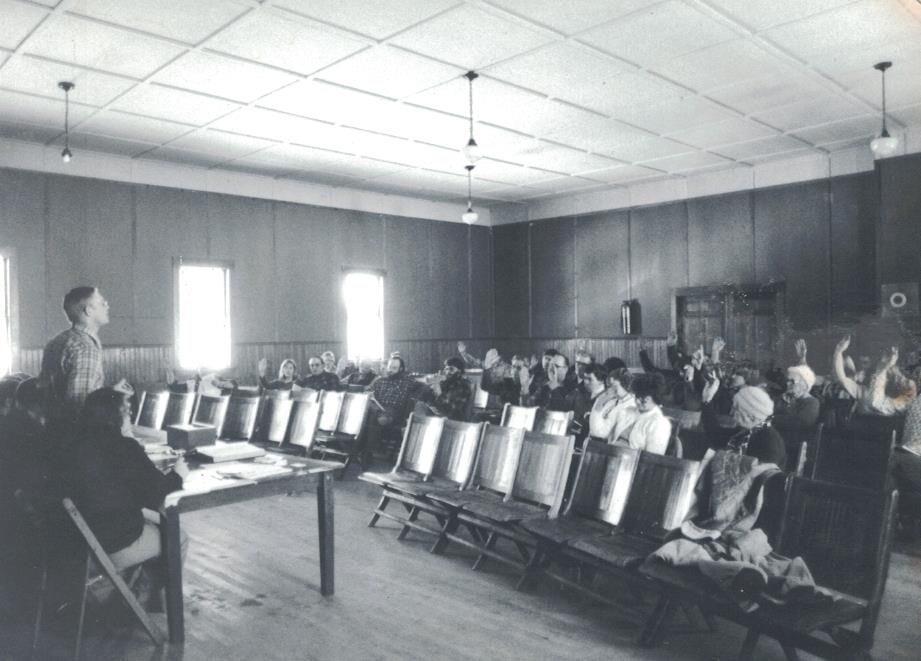Greenwood Town Hall on Route 26 was was entered in the National Register in January 2001. Rose Lincoln/Bethel Citizen GREENWOOD — Greenwood has two sites on the National Register of Historic Places: one that lost its purpose long ago and another still in use by the community. Greenwood was required upon its incorporation in 1816 to maintain at least one pound – a place to hold stray livestock impounded by the town’s elected field drivers.
Any willing farmer’s barn or barnyard would do. Only after the state began in 1834 requiring each town’s pound keeper to keep also careful records of his transactions did Greenwood decide to build its own enclosure. The town voted in September 1835 to build a pound “forty feet square inside” with stone walls 5 feet tall and equally wide at the base.

The walls were to have a “wooden Cap piece on the top one foot thick well hewed and well put on,” and the work was to be finished “By the first Day of May Next Even to the turn of the Key.” It would sit east of the Greenwood Road, a quarter mile north of the turn to Patch Mountain in Greenwood City. Simon Furlong – described years later as “a very strong man and fond of his New England rum” – became Greenwood’s first elected pound keeper in 1836.
By the time the town elected its last keeper in 1870, the pound and the office were fast becoming relics of an earlier age. When asked in 1915, the oldest man in Paris could not remember animals ever being kept in that tow.
















